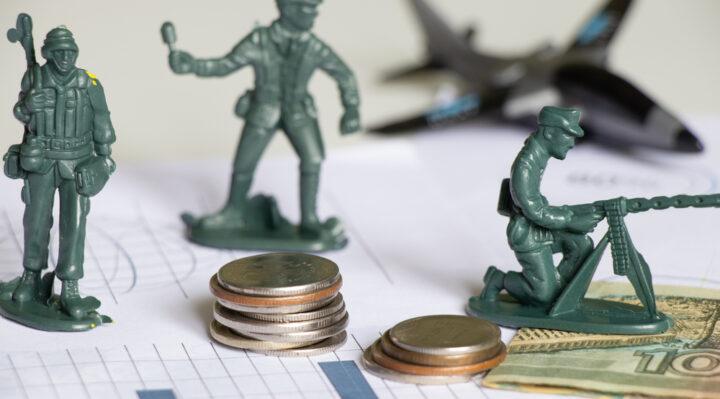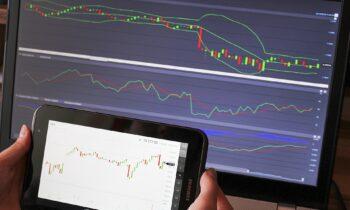Nothing good comes out of war. It destroys innocent lives, devastating domestic economies and livelihoods. With the recent invasion of Russia in Ukraine, the effect on its currency was instantaneous. Two weeks into the war, its value plummeted to 135 rubles against the dollar. It was only a matter of time before its repercussions would impact everyone.
However, the ruble has since bounced back to its pre-invasion value despite the ongoing war, global boycotts, and multiple sanctions. This event is touted as the most significant currency recovery in a short span since the 90s. Does this result mean we should all take advantage of this opportunity to trade the Russian currency despite the war and its atrocities? Well, not so fast. And it’s not only due to moral reasons that you should not deal with the ruble.

The ruble’s successful comeback?
Ruble’s remarkable recovery may be surprising but not entirely unexpected. A country’s primary strategy in times of war or crisis should be to exhaust all efforts to protect its currency which often includes manipulating the system. For example, the Russian central bank put currency trading restrictions to save it from a free fall.
One of the state’s measures is to require those who continued to patronize their oil to pay them in ruble instead of the US dollar or euro. Recently, however, Russian President Vladimir Putin relaxed his position and allowed payment in foreign currency conditionally. To convert their money into rubles, such customers will have to open a special account in Gazprombank.
All Russian owners of businesses overseas must also convert 80 percent of their profits into their local currency. For their part, outgoing remittances of migrant workers in Russia are limited to 10,000 dollars, and even banned banks from exchanging the foreign currency of Russians. They also prohibited foreign investors from selling their corporate shares to keep their investments.
Increased energy revenues
Although the initial reaction was for many existing clients to shy away from Russian oil, some remained “loyal,” such as India and China, their biggest oil importers. In addition, several EU countries still patronize their oil because other suppliers, such as Saudi Arabia and Canada, cannot address the sudden increased demand.
Under the circumstances, energy prices went up; hence even when they lost clients, the increased energy pricing made up for the deficit. And so, the war is essentially being sustained by these revenues projected to reach 300 billion euros in 2022, marking a more than 30 percent increase from the previous year. Hence, despite their frozen overseas assets as part of the Western sanctions that continue to pile up, they can still manage their international debt, at least for now.
It looks like, at this point, the ruble has come full circle. Many analysts are suspicious of the comeback, dismissing it as smoke and mirrors. They say it is a Potemkin facade similar to the Russian prince’s ploy to deceive the empress about the real state in the villages back in the early 1700s.
The recovery is not quite what it seems.
Economists will argue that the recovery is only on paper, depicting an entirely different reality. Interest rates have more than doubled to 20 percent, which can hamper investments and cause higher imported prices, leaving very little use for the currency as the economy closes in. With very thin and few trading transactions, it would seem that the ruble has recovered. But a freer market will reveal the accurate economic scale in which Russia has dug a hole for itself.
With all the currency restrictions subduing the demand for foreign currency, the market forces have ceased to determine the ruble’s value. Instead, they now depend on their exports and capital control. As a result, what used to be a freely convertible currency that made the Russian market attractive is no longer. And it could not simply rely on their oil, especially when demand decreases, which will inevitably pressure their currency. Hence, the strong currency showing is predicted to be a temporary one.
The Kremlin has boasted to everyone who will listen that the sanctions are not doing much to threaten their economy. But then, the currency rebound is not reflective of what is felt economically in Russia. The 10 percent economic contraction is the worst recession in modern times. Rising inflation and unemployment are also plaguing its citizens, something they cannot cover up for long.
The caveat
Even when the ruble appears to have rebounded big time, it is still not wise to think you’ll profit from trading it. Its synthetic return will likely reverse, and the actual impact will bite Russians at the rear. It is not sustainable, especially when many oil consumers are weaning off from Russia, making for a temporary upswing and, therefore, a bleak future for the ruble.



